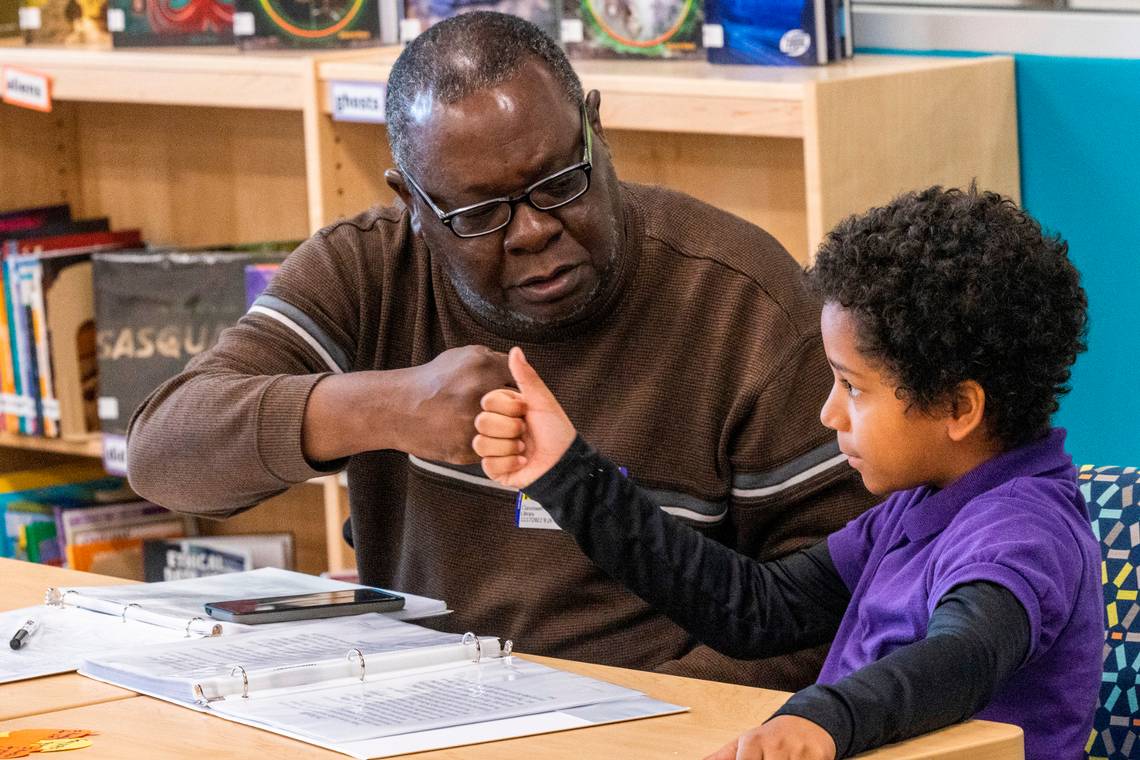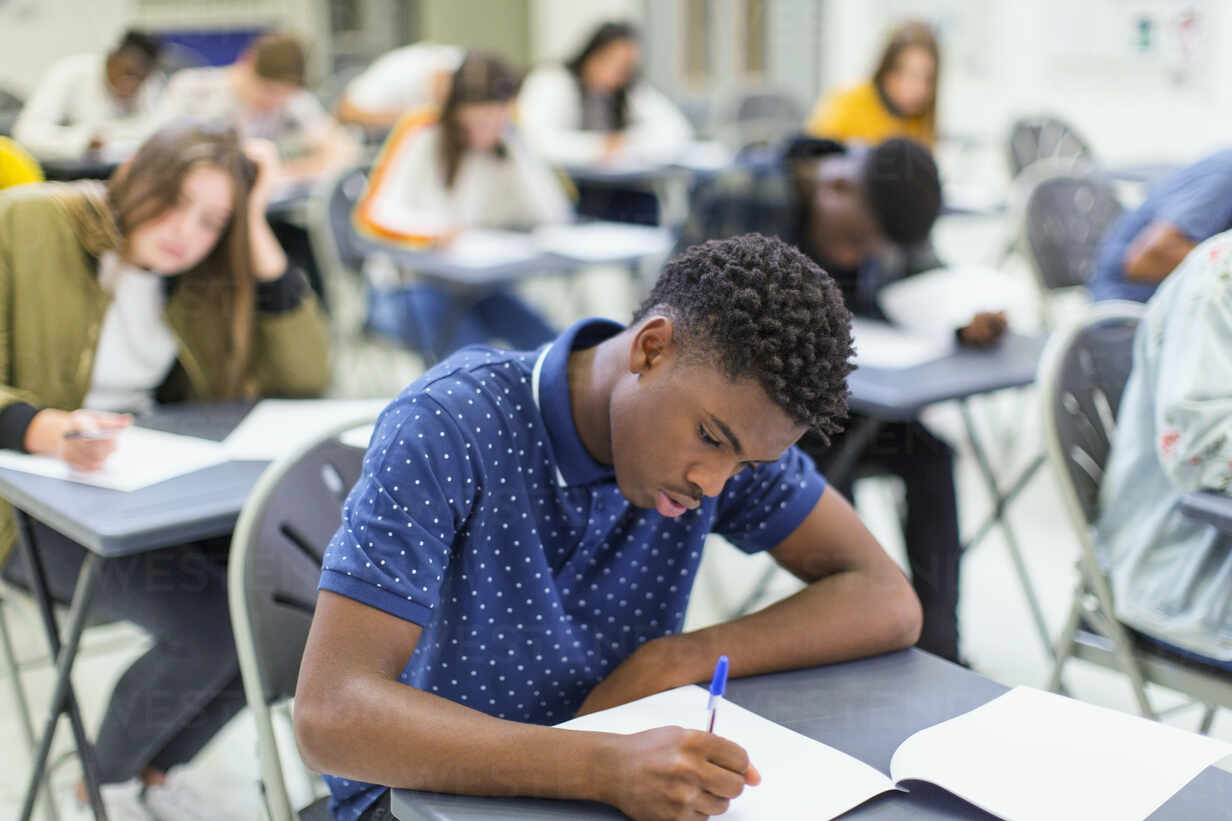
image via modestobee.com
In Part 1 we looked at what Social Emotional Learning (SEL) is and why it’s important for kids. We talked about the five competencies of SEL and how each plays out in highly logical ways in classrooms – ways that are consistent with moral human behaviors like respect, kindness, patience, self-control, perseverance, responsibility, and so on. In Part 2, we looked at the short-term benefits of SEL that have been documented by a lot of very good research. Today, we’re going to discuss the long-term benefits of SEL – how a program generally confined to the primary grades can and does impact the rest of education and even adult life. Because this series is getting long, we’re going to jump right in.
Reduced Absenteeism: A study of the Chicago Public Schools found that students who’d had a strong SEL program indicated greater connection to school that was directly related to the student’s likelihood of absence. SEL actually resulted in more than an 8% reduction in high school absences overall. It also produced students with a lower risk of both disciplinary incidents and school-based arrests.
Increased Long-Term Achievement: The academic impact of SEL is powerful. The Kappan reported a study that looked at four large meta-analyses of long-term SEL effects and reported long term improvement in academic learning:
“The follow-up effects are quite strong in one domain: academic achievement. The results in this area (mean effects of 0.26 and 0.33), represent an 11 percentile-point gain in achievement, over the long term, for students who participated in SEL programs relative to those who did not. To put it another way, SEL programs appear to have as great a long-term impact on academic growth as has been found for programs designed specifically to support academic learning.”* (emphasis mine)
Let’s look longer-term:
 On Track to Graduate: The Chicago Public Schools Study mentioned above found that among the 9th graders surveyed, those who had had effective SEL programs in elementary were more likely to be on track for graduation. Of those kids, about 79% went on to graduate high school, and about 53% enrolled in college within two years of their expected graduation date. For comparison, that’s 4 percentage points higher than the district graduation rate of 75% (in 2017). College enrollment data are hard to compare because of how the researchers reported it.**
On Track to Graduate: The Chicago Public Schools Study mentioned above found that among the 9th graders surveyed, those who had had effective SEL programs in elementary were more likely to be on track for graduation. Of those kids, about 79% went on to graduate high school, and about 53% enrolled in college within two years of their expected graduation date. For comparison, that’s 4 percentage points higher than the district graduation rate of 75% (in 2017). College enrollment data are hard to compare because of how the researchers reported it.**
Better Career Readiness for those with IEPs: Ohio Employment First, which provides information to students with IEPs about being successful in the work world, listed social skills and social-emotional skills instruction and time spent in regular education among its evidence-based predictors for career success. Both are either positively addressed or impacted by SEL. If you recall from Part 2, children who had SEL were less likely to need special education and those who did need it spent less time in it before rejoining regular education. Both of these boost success in the work world.
Less Delinquency, Fewer Arrests, and Fewer Mental Health Issues: One study looked at students who completed a specific program (the Fast Track Program) in four geographically different areas (Durham, NC, Nashville, TN, rural Pennsylvania, and Seattle, WA). Researchers wanted to know if a strong SEL program reduced delinquency, arrests, and health and mental health service utilization in adolescence through young adulthood (ages 12–20). The study found some compelling links: increases in intra- and inter-personal skills reduced the likelihood of juvenile arrest and delinquency and increased the likelihood of no arrests of any kind, juvenile or adult, while increases in academic/cognitive skills reduced mental health service visits.*** I have to confess, I didn’t see that last one coming, but it makes sense: kids who are doing better academically don’t get caught in that endless negative feedback loop of being lost, acting out, being sent out of the classroom, coming back having missed more content, being more lost, and acting out again. It’s depressing to describe – how much more depressing/anxiety producing must it be to live through?

image via grownandflown.com
Overall, I was surprised by the sheer volume of research out there confirming the efficacy and value of SEL. There’s literally reams of it. You would be hard pressed to find studies demonstrating that SEL doesn’t have a positive impact across a range of indicators, every one of which sets kids up to be more successful in school and over the course of their lives. Where we need more research is on the long-term effects of SEL as it relates to higher education and adult life. There’s lots of research showing that better “soft skills” in childhood improve students’ adult lives across a range of metrics, including earning power, stability of relationships, and health, but none of that research is explicitly tied to formal SEL instruction (though the skills identified in that research are suspiciously close — and in some cases identical — to SEL competencies). Eliminating SEL is a mistake than will impact kids for the entire course of their lives and reverberate across multiple arenas, including public health, safety, employment, crime, and others. I wish I were being dramatic, but research says I’m not. For those like the Iowa Senate who want to strip SEL out of the public schools? Big mistake. Huge.
I’ll leave you with this to consider: The pandemic has made the need for SEL exponentially greater. Kids have experienced more trauma and anxiety in isolation than ever and many – so many – didn’t get the foundational SEL that is a part of virtually every Pre-K program, so they are coming into elementary school with less ability to self-regulate. That isolation also means they’ve missed foundational social interaction skills with their peers. This is producing chaotic learning environments at the elementary level that are directly impacting how much content kids retain. And in case you were thinking this is just a little kid problem, a quick Google search will show that we are simultaneously experiencing a full -blown mental health crisis with depression, anxiety, self-harm, and suicide on the rise among middle and high schoolers.
This is not the time to drop the ball on SEL.
*This made me wonder what would happen if we did both and then I read the Fast Track study, which came very close to doing just that. Keep reading.
**These numbers are fuzzy. CPS itself cites enrollment rate for 4-year college at 42%; combined with 2-year college it rises to 63%. The researchers don’t clarify if the enrollment rates they cited were for 4-year or 2-year college or both. All the students surveyed were in 9th grade between 2011 and 2017. It is perhaps not coincidental that CPS hit its highest graduation rate ever (84%) in 2022.
*** This is impressive, but there are some potential confounders to consider. Fast Track was an intervention program for high risk, aggressive Kindergarteners that focused on tutoring (i.e. academic support) and SEL. It’s possible – even likely — that the positive effects were greater on this group than they might be in the general population. The program only focused on three areas: academic/cognitive function (tutoring in reading), intrapersonal self-regulatory skills (self-awareness, self-regulation), and interpersonal social skills (social awareness and relationship skills). These met 4 of the 5 competencies in most SEL programs, and added one (tutoring in reading) that is not a component of SEL. Fast Track also went beyond the classroom, involving parent groups and home visits. Overall, this study was well-designed. It used successive cohorts of students and both treatment and control groups to capture the effects of the program, and followed the students for 15 years. It’s also a fascinating read.
